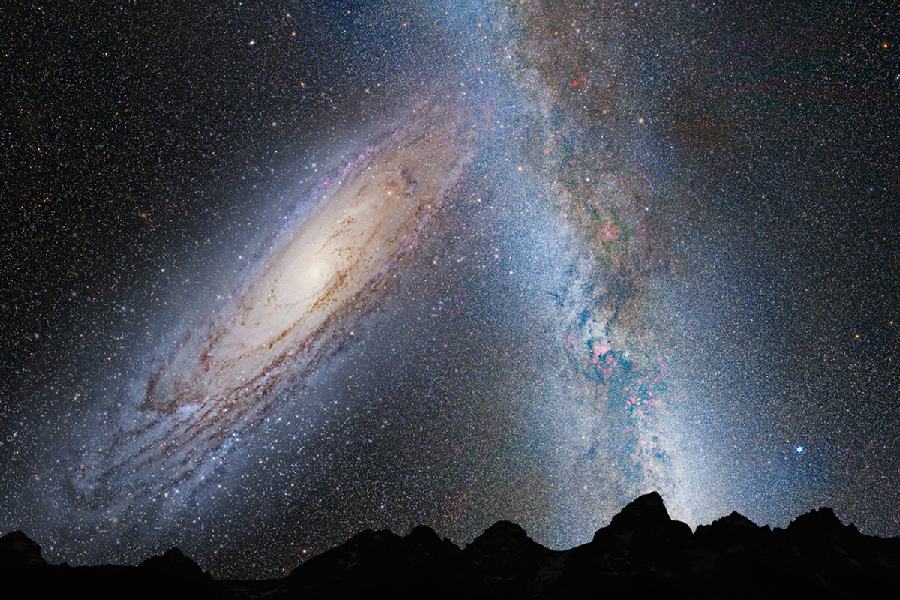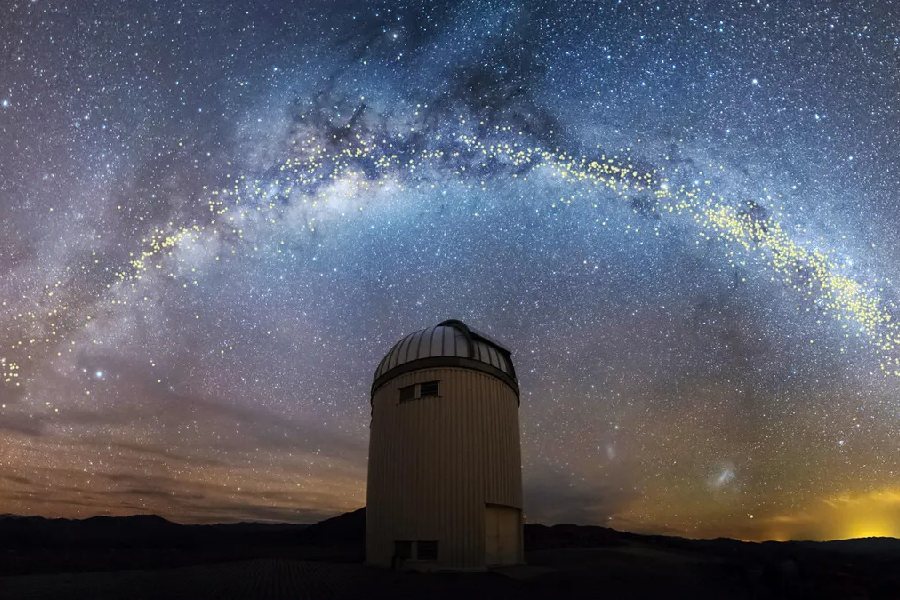The night sky has been a source of wonder, inspiration, and guidance throughout history. Among the most captivating cosmos features are the constellations – patterns of stars that various cultures have acknowledged. These celestial configurations, however, are not static; they evolve. But how often do constellations change?
In this exploration, we delve into the fascinating journey of constellations, tracing their historical evolution and contemplating their present state. From ancient civilizations to modern astronomers, humans have observed, interpreted, and redefined these patterns, shaping our understanding of the cosmos and our place.
As we embark on this journey, we will uncover the intricate interplay between myth, tradition, observation, and scientific discovery. Join us as we navigate the celestial tapestry, exploring the rich tapestry of constellations!

How Often Do Constellations Change?
Constellations appear to change position in the night sky over long periods due to Earth’s axial precession. This gradual wobbling of Earth’s axis causes the celestial pole to shift, altering the apparent positions of stars and constellations over thousands of years.
Additionally, over millennia, the positions of stars can shift slightly due to their own motions through space. However, the basic patterns of constellations have remained largely unchanged for centuries. They will continue to do so over human lifetimes.
Historical changes and adaptations
Throughout history, constellations have served as a celestial canvas, reflecting not just the starry expanse but also the evolving cultural perspectives of humanity. Ancient civilizations, like the Babylonians, meticulously charted the heavens, laying the groundwork for our modern constellations.
Inspired by these patterns, the Greeks weaved them into rich mythological tapestries. This breathed life into the constellations, sparking our enduring fascination with the night sky.
As new civilizations emerged, they brought fresh interpretations. Indigenous cultures developed their constellation legends, enriching the cosmic narrative with unique stories and perspectives.
Advancements in astronomy further propelled the evolution of constellations. Boundaries were redrawn to reflect our growing understanding of the universe’s grand dance and new patterns were identified, expanding the celestial map.
Greek astronomers and star patterns
The profound contributions of ancient Greek astronomers laid the enduring foundations for how we perceive and represent celestial star patterns today. Building on earlier Mesopotamian knowledge, scholars like Ptolemy and Aratus systematized the observation and mapping of distinct star groupings.
Crucially, they imbued these configurations with rich narratives from Greek mythology. They anthropomorphized them into celestial theaters where mythical tales played out nightly. The integration of myth and astronomy had a lasting impact.
Many modern constellation names and artistic depictions derive from Greek origins. The ideas and approaches pioneered by Greek astronomers shaped our collective celestial imagery and understanding.

Motion of Stars and Incredible Speeds
The stars in our night sky are in constant motion, exhibiting various types of movements. These movements occur at incredible speeds. Each star possesses its own intrinsic velocity and direction, known as proper motion, causing gradual shifts across the celestial sphere.
Additionally, stars exhibit radial velocities, moving either towards or away from Earth, as revealed by the Doppler shift. These motions contribute to the gradual changing of the relative positions and shapes of constellations over time.
As constellation patterns move, they gradually spread out and change shape due to radial velocity effects. Some stars may leave or join new groups due to their high speed, altering the constellation’s makeup. This ongoing celestial dance constantly changes the arrangement of stars, showing how the universe is always evolving.
Current positions of stars
The current positions of stars within constellations are precisely mapped using celestial coordinate systems. These systems employ Right Ascension and Declination to pinpoint stars’ exact locations in the night sky.
Notable bright stars like Sirius in Canis Major and Vega in Lyra have well-documented celestial coordinates. Observers in the Northern Hemisphere can easily locate the Big Dipper in Ursa Major using its star coordinates.
In the Southern Hemisphere, the Southern Cross in Crux and the bright stars of Carina take center stage. Additionally, a star’s altitude and azimuth, determined by its coordinates, guide stargazers in finding and identifying constellations near the zenith or horizons of their specific locations.
Position changes over time
The night sky may seem static, but the stars are always in motion. As mentioned, this movement, known as “proper motion,” gradually changes the shape of constellations. Moreover, Earth’s wobble, called precession, and our journey through the galaxy alter our viewpoint.
Even the gravitational pull from neighboring celestial bodies nudges stars, and their life cycles affect their brightness. This ongoing interaction ensures that the constellations scientists observe represent just a momentary snapshot in the vast cosmic dance.
Factors Affecting the Movement of Constellations
Different astronomical factors affect how constellations move and how their appearances change. Proper motion describes individual stars’ natural speed and direction, causing their positions to gradually change and distort constellation patterns over time.
Radial velocities indicate whether stars are moving closer to or farther away from Earth, causing apparent shifts in their positions that also impact constellation shapes. Furthermore, gravitational forces from nearby massive objects can disrupt the paths of stars, influencing their positions relative to other stars within constellations.
Stellar factors influencing constellation changes
Stars with higher proper motions tend to show more noticeable shifts. The changing brightness of variable stars affects how certain constellations appear visually. Also, the distance of stars from Earth influences how fast they seem to move. Stars that are closer to us show larger shifts compared to those that are farther away.
But why do constellations change throughout the year? The Earth moving around the Sun makes the constellations seem to shift throughout the year. This happens because as the Earth goes around, our view of the night sky changes. That’s why we see different constellations at different times of the year, and they seem to be in different positions.
Identifying Current Constellations in the Night Sky
Identifying and observing current constellations in the night sky requires considering seasonal visibility and stargazing conditions. It also involves utilizing helpful tools like star charts or mobile apps.
Many constellations contain bright stars or recognizable asterisms. These serve as celestial signposts, like the Big Dipper or Southern Cross.
By connecting the dots between these luminous anchors, distinctive patterns gradually emerge. These patterns often represent mythological figures or objects.
With practice, stargazers can train their eyes to discern fainter stars. They can mentally trace the outlines of constellations across the celestial canvas.
Clear skies and minimal light pollution enhance the experience of locating and appreciating ancient cosmic arrangements. A basic understanding of the night sky’s ever-changing seasonal displays further enhances this experience.
Conclusion
We hope this article helped you understand the dynamic nature of the night sky better. So, how often do constellations change?
The celestial tapestry is in a constant state of flux. The motions of individual stars, combined with radial velocities and gravitational forces, gradually reshape familiar patterns.
Over vast timescales, the positions and appearances of constellations undergo significant transformations. Ancient figures become distorted or give way to new cosmic arrangements. Yet, this ever-evolving celestial landscape serves as a reminder of the Universe’s enduring grandeur.
It also reflects our ongoing quest to unravel its mysteries. By embracing these changes, scientists deepen our appreciation for the dynamic cosmic dance unfolding overhead.
